In 1960, John R Harris was commissioned by the visionary ruler of Dubai, HH Sheikh Rashid bin Saeed Al Maktoum, to prepare the Emirate’s first formal masterplan. This pivotal work marked the genesis of Dubai’s transformation from a trading port to a globally connected metropolis. The masterplan introduced road hierarchies, zoning principles, and infrastructure frameworks that laid the groundwork for decades of structured growth.
Over 55 Years of Architectural Vision and Regional Impact...
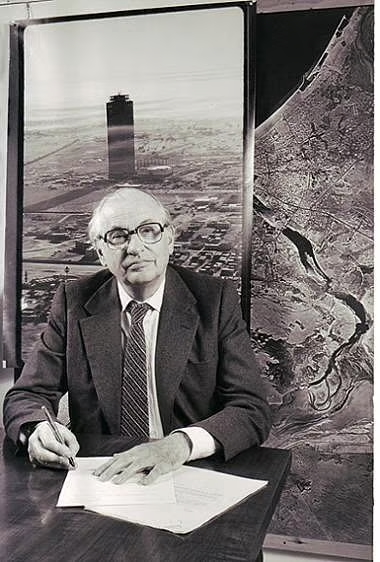
1960's
The Vision Begins: Dubai’s First Official Masterplan
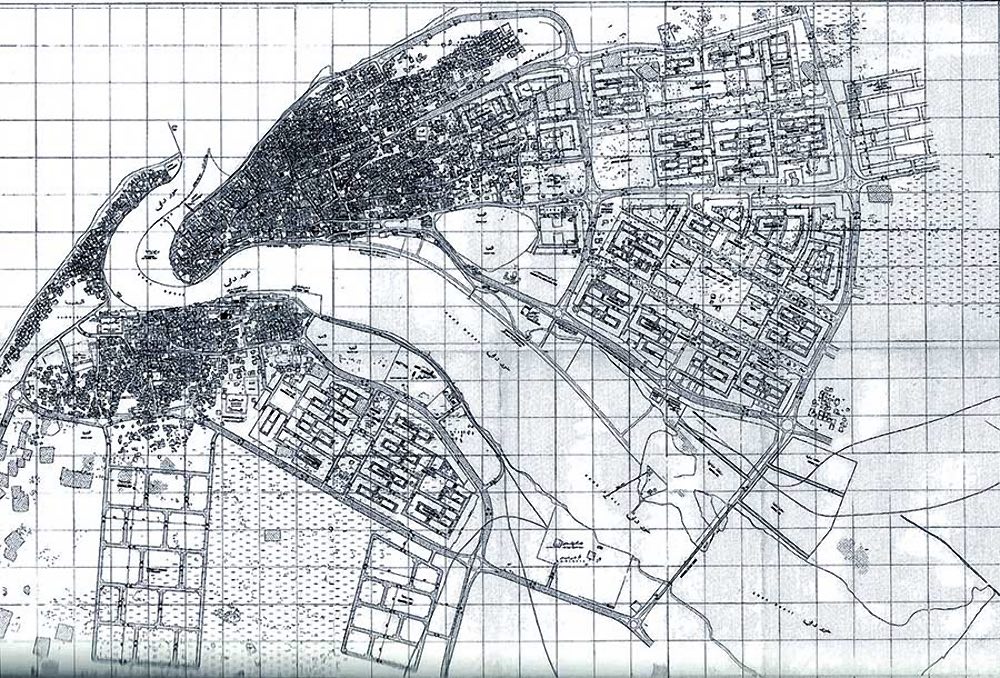
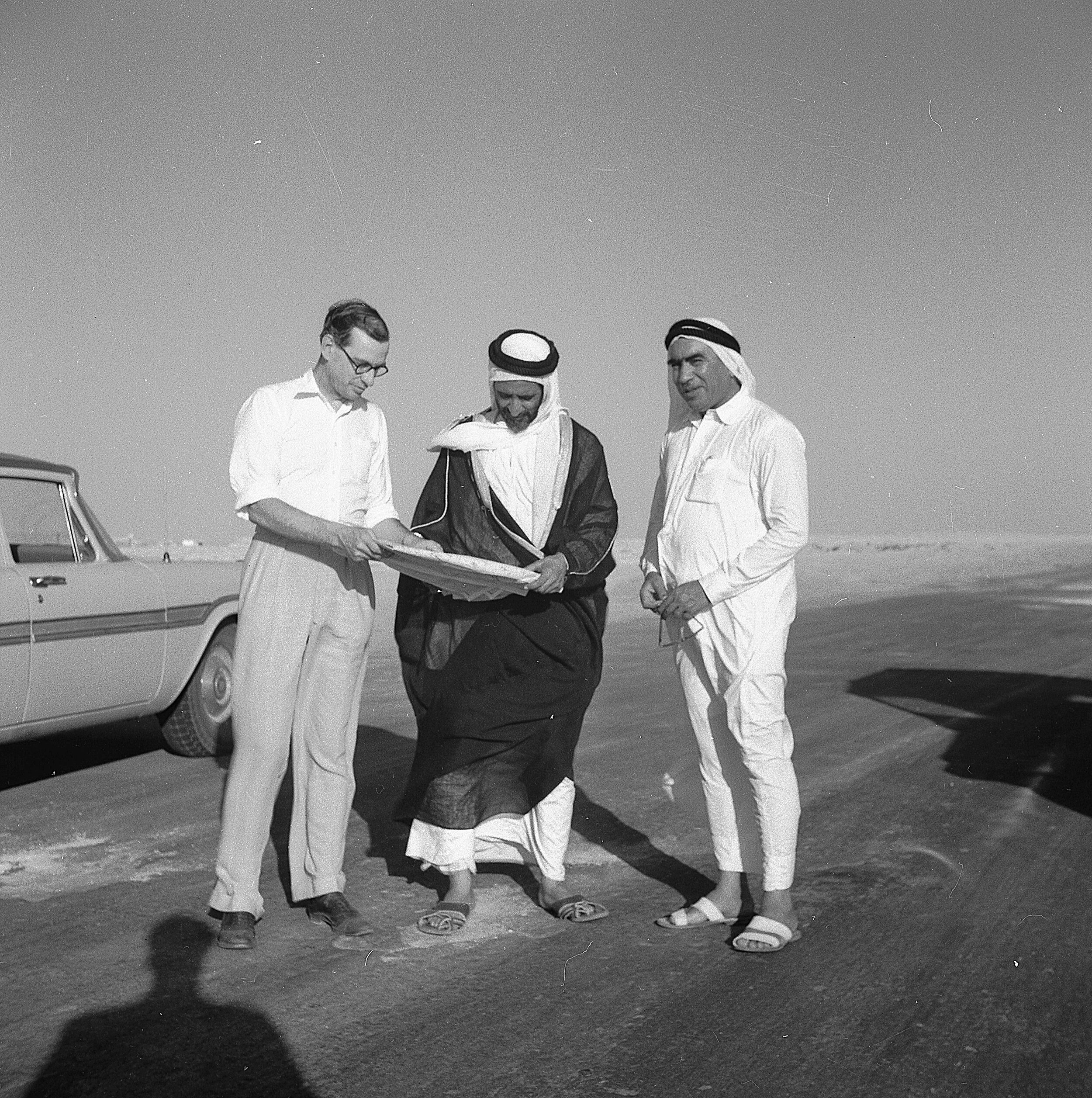
1960's
Building the Foundations of Governance and Trade
Following the masterplan, JRHP was entrusted with designing some of the Emirate’s first major civic and commercial buildings. These included administrative complexes, customs facilities, and port structures that supported the economic expansion of Dubai. Designed with sensitivity to the local climate and culture, these buildings marked a shift toward modernity in the built environment.
1970's
Designing Dubai’s Architectural Icon:
Dubai World Trade Centre
Commissioned in the early 1970s and inaugurated in 1979 by Queen Elizabeth II, the Dubai World Trade Centre became the tallest building in the Middle East at the time.
Designed by JRHP, this landmark was more than a feat of engineering—it was a statement of Dubai’s aspirations to become a global hub for business and commerce. The tower became an architectural icon and remains central to the city’s skyline and economy.
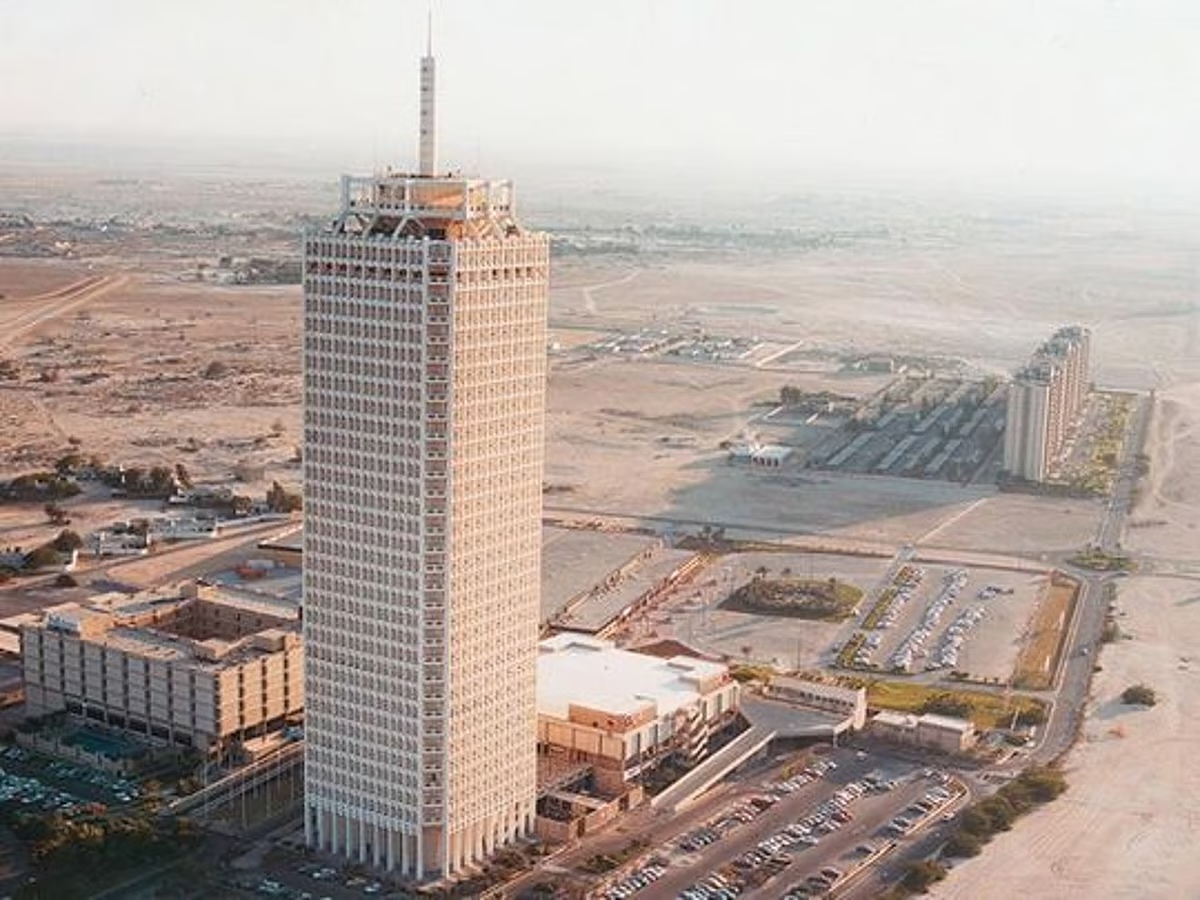
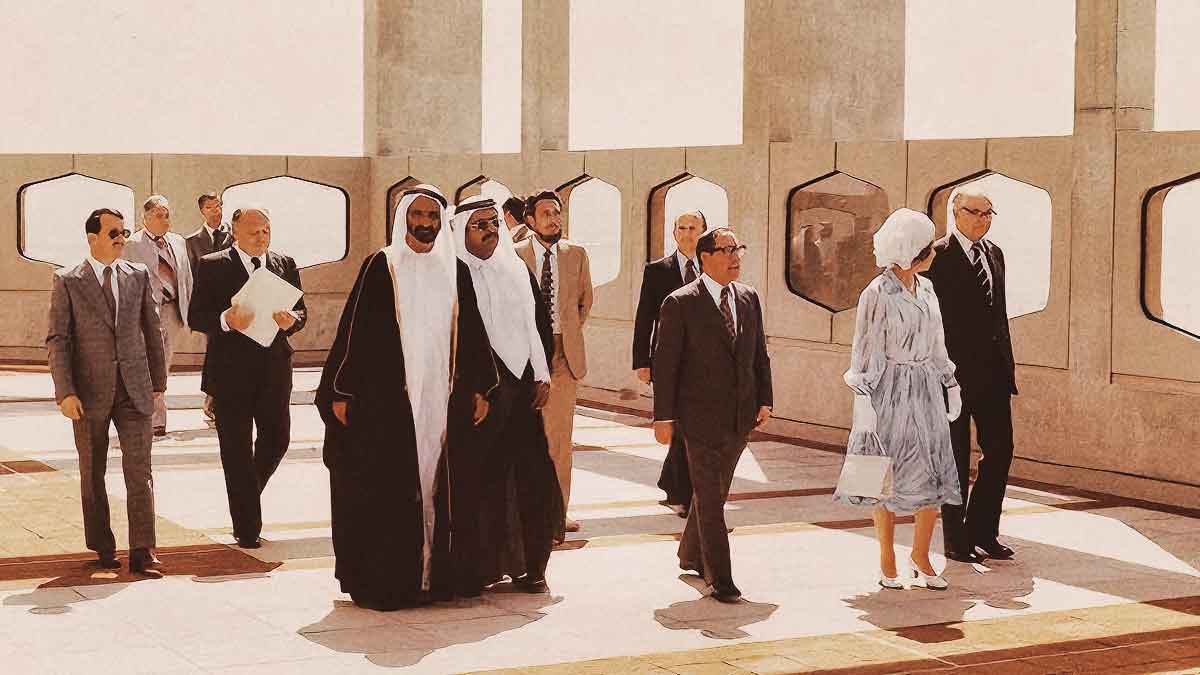
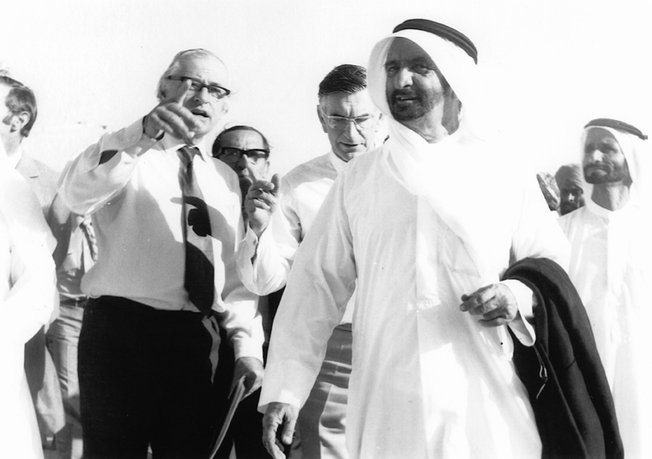
1970's
Regional Growth and Cross-Border Expertise
Throughout the 1970s, JRHP extended its presence across the Gulf, designing projects in Oman, Bahrain, Saudi Arabia, Libya, and North Africa. These included government buildings, hospitality projects, and infrastructure masterplans. The firm’s success was driven by a deep understanding of regional climates, materials, and architectural vernaculars, balanced with international best practice.
1980's
Specialisation in Healthcare and Airport Infrastructure
In the 1980s, JRHP diversified into new sectors—becoming a leader in the design of healthcare facilities, such as Dubai Hospital and Rashid Hospital, plus airport infrastructure. Working alongside national governments and private developers, JRHP introduced contemporary healthcare planning and airport design to support growing urban populations and emerging national carriers.
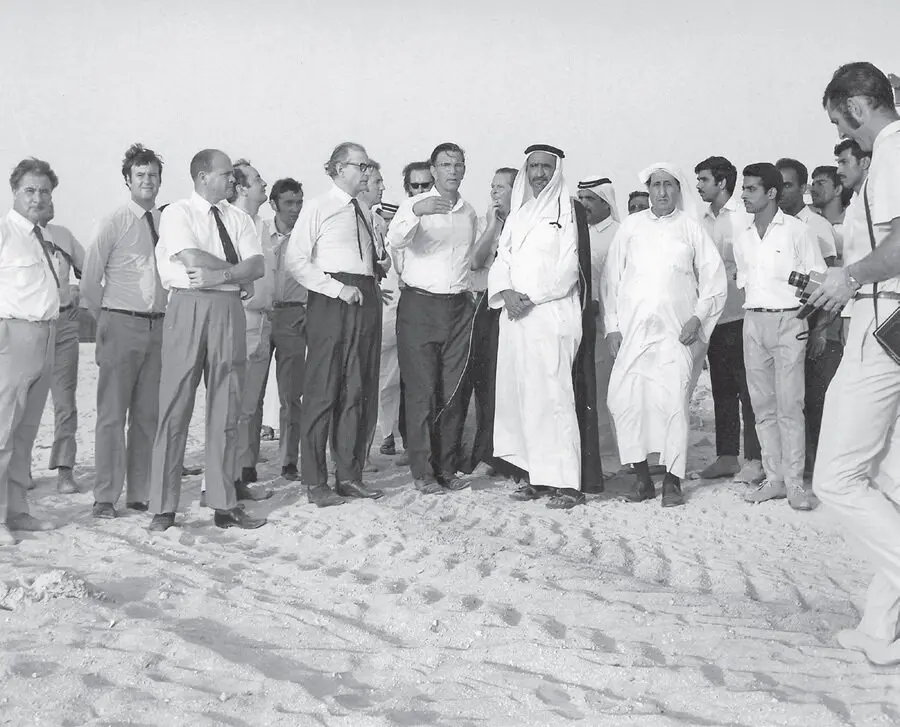

1980's
Sophisticated Design Solutions Rooted in Local Context
The 1980s saw JRHP secure high-profile commissions for embassies and educational campuses across the GCC and Europe. These projects demanded sophisticated design solutions, often combining stringent security protocols with refined architectural detailing to reflect each institution’s cultural identity. In the picture is one of the notable building from the that period – The Ruler’s Diwan.
1990's
Expanding Regional Presence
In the 1990s JRHP saw the development of the Middle East region and was involved in many of infrastructure projects such as Airports Facilities, Defense Facilities, Government buildings and commercial projects such as Banks, Hotels, Schools and Embassies in Oman, Saudi Arabia, Bahrain, Jordan and Doha. Some notable projects are the British Embassy in Abu Dhabi, National Headquarters – Development Council of Oman, New Women’s Hospital of Doha, Intercontinental Hotel, Mutrah-Oman, Khalifa Stadium, Doha, British Bank of the Middle East, Dubai

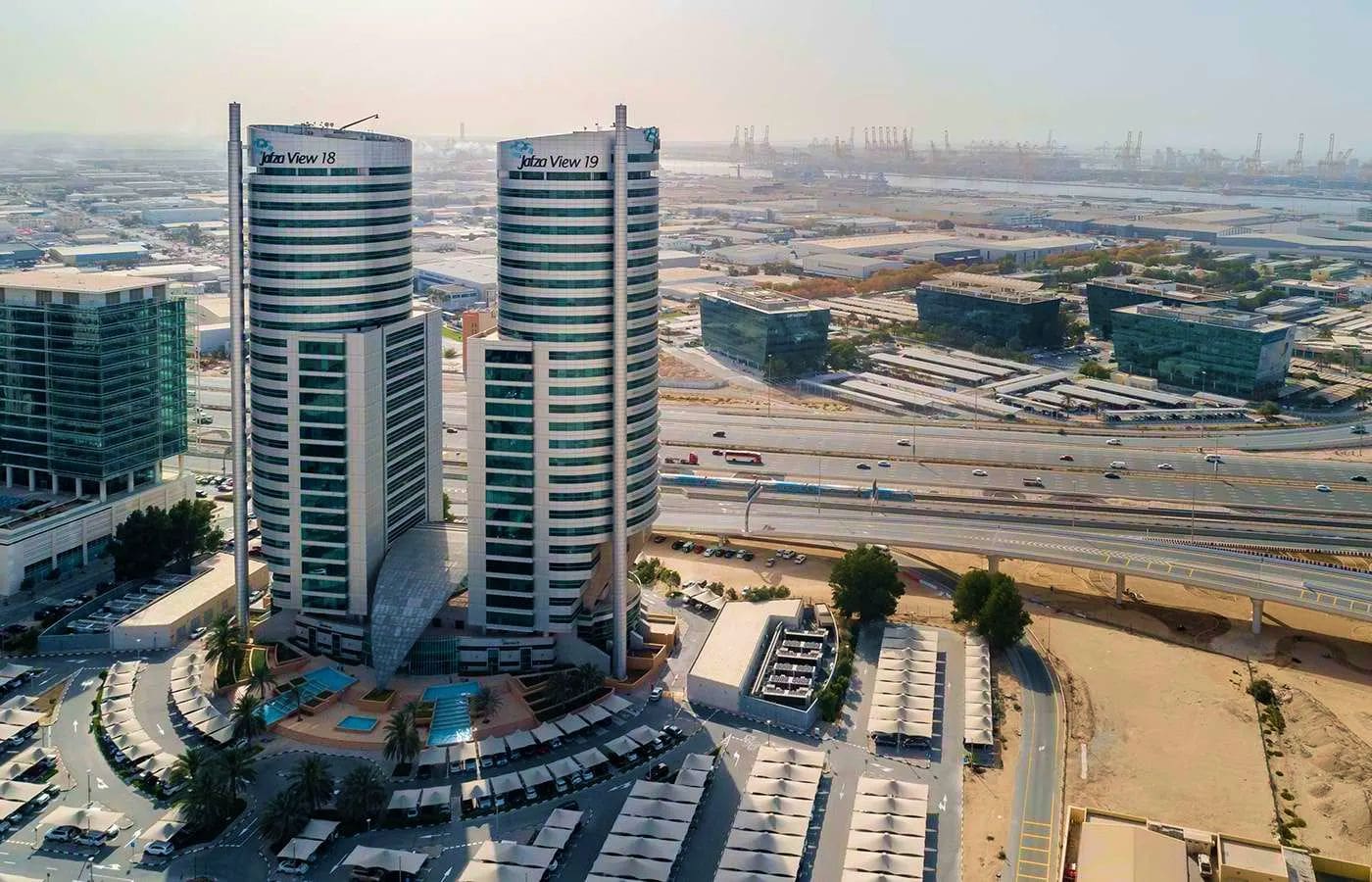
2000's
Leading Dubai's Transformation to Global Destination
The 2000s marked a period of unprecedented growth for Dubai, with the city rapidly transforming into a global destination. During this era, JRHP played a pivotal role in delivering several landmark projects, including the master planning and design of Dubai Festival City, a defining urban development. The practice also contributed to the expansion of Jebel Ali through the JAFZA Views building, introduced distinctive high-rise towers such as The Matrix and Botanica, and oversaw the extension of the renowned WAFI Mall.
2010's
Institutional Renovations and Cultural Projects
Dubai’s preparations to host Expo 2020 set a dynamic pace for the emirate’s growth and the wider construction sector. JRHP was proud to contribute to this transformative period through a series of significant projects, including the USA Pavilion at Expo 2020, major hotel refurbishments such as the Kempinski at Mall of the Emirates and Atlantis, and the master planning and design of the iconic Al Habtoor Palace. The firm also supported the education sector’s expansion with projects for institutions including Clarion School and Sharjah English School.
A particularly notable heritage achievement (as can be seen in the picture) was, The Founder’s Memorial in Abu Dhabi, honoring the legacy of the UAE’s founding father, the late Sheikh Zayed Bin Sultan Al Nahyan.
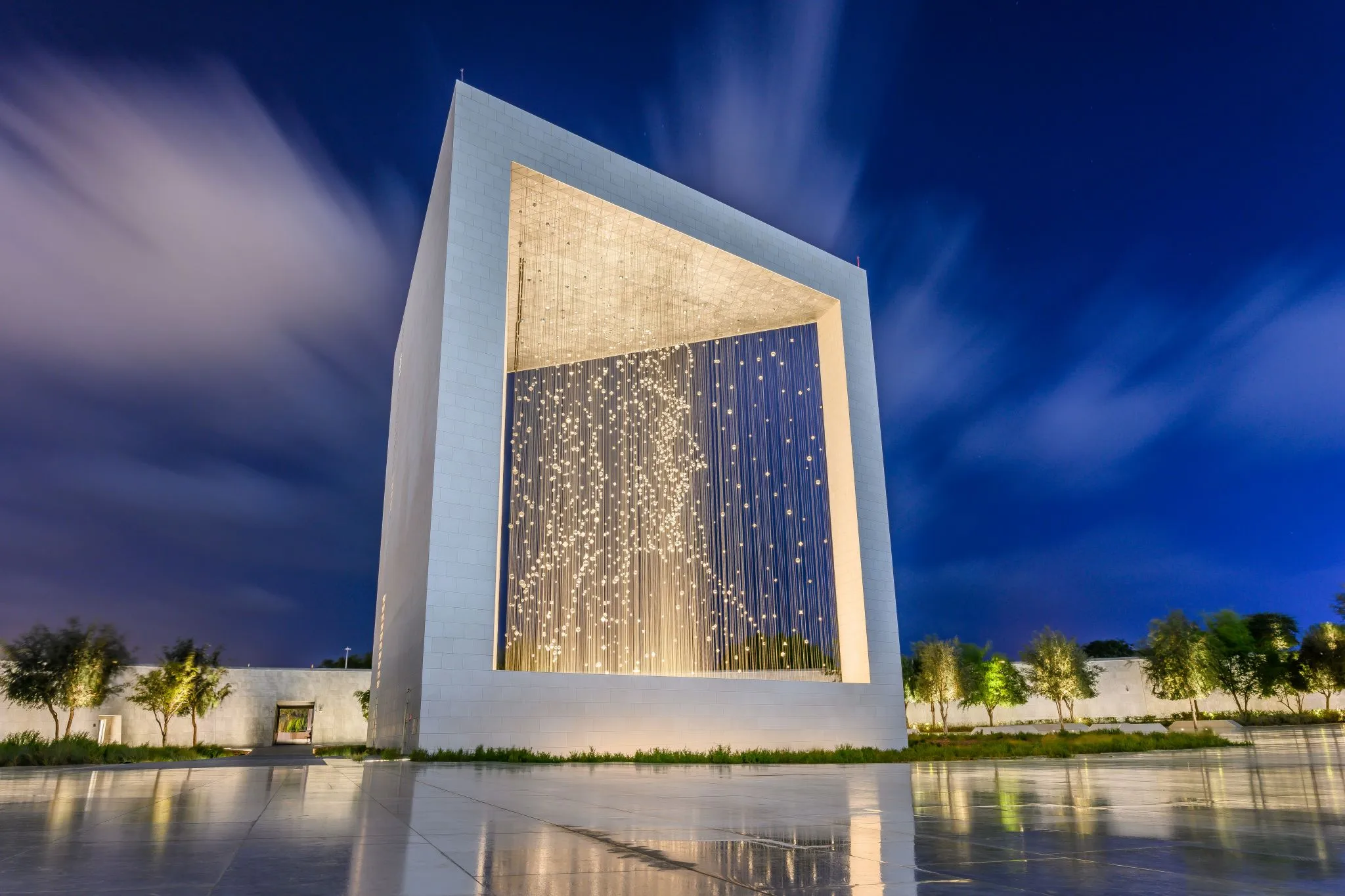
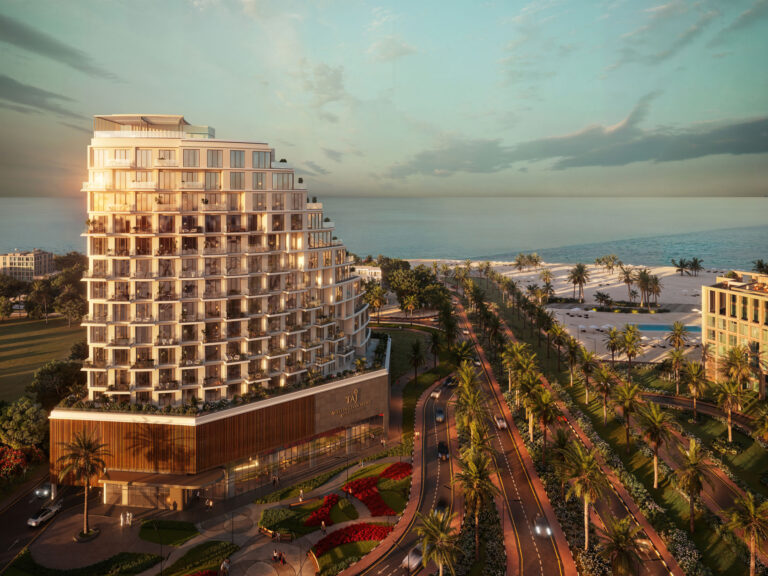
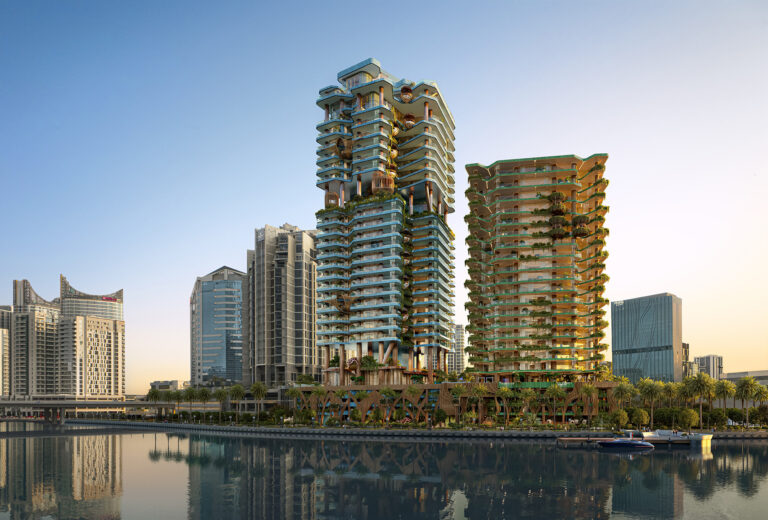
2020's
Designing Environment for Modern Life and Thriving Communities
Under renewed leadership and with the opening of multiple offices across the UAE, JRHP continued to play a vital role in supporting the region’s growth. In the high-rise sector, the firm delivered several standout projects, including the Habtoor Grand Residence, Eywa, and Al Ahli Tower, further cementing its reputation for excellence in contemporary urban architecture.

